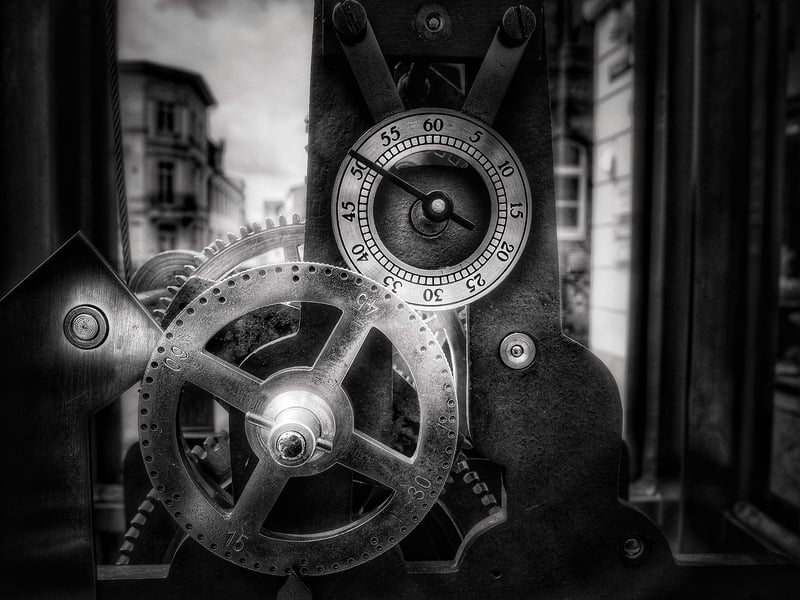HG Wells' Time Machine
Exploring Iconic Time-Travel Devices and HG Wells' Time Machine
Time travel, a concept that has captured the imagination of many, has been a popular theme in literature, movies, and TV shows. One of the most iconic time-travel devices in literary history is the Time Machine created by H.G. Wells, a pioneer in science fiction. Let's delve into some iconic time-travel devices and explore the fascinating world of HG Wells' Time Machine.
H.G. Wells' Time Machine:
H.G. Wells' novel "The Time Machine," published in 1895, introduced the concept of time travel to a wide audience. The story follows an unnamed Time Traveller who invents a machine capable of carrying him through time. He embarks on a journey to the distant future, encountering the Eloi and Morlocks, two distinct species that have evolved from humans.

Iconic Time-Travel Devices:
While HG Wells' Time Machine remains a classic, there have been numerous other iconic time-travel devices portrayed in popular culture. Here are a few notable ones:
- DeLorean Time Machine (Back to the Future): The iconic DeLorean car fitted with a flux capacitor, as seen in the "Back to the Future" trilogy, became a symbol of time travel in the 1980s.
- TARDIS (Doctor Who): The Time and Relative Dimension in Space (TARDIS) is the time machine and spacecraft used by the Doctor in the long-running British TV series "Doctor Who."
- Hot Tub Time Machine: This comedic take on time travel features a hot tub that transports its users back in time, leading to hilarious adventures.
- Time-Turner (Harry Potter Series): A magical device used by Hermione Granger to attend multiple classes simultaneously by traveling back in time in the "Harry Potter" series.
These iconic time-travel devices have left a lasting impact on popular culture, inspiring countless stories and adventures centered around the concept of traveling through time.
Whether it's the groundbreaking work of HG Wells or the imaginative devices from modern media, the idea of time travel continues to captivate audiences and spark our curiosity about the possibilities of exploring the past, present, and future.
